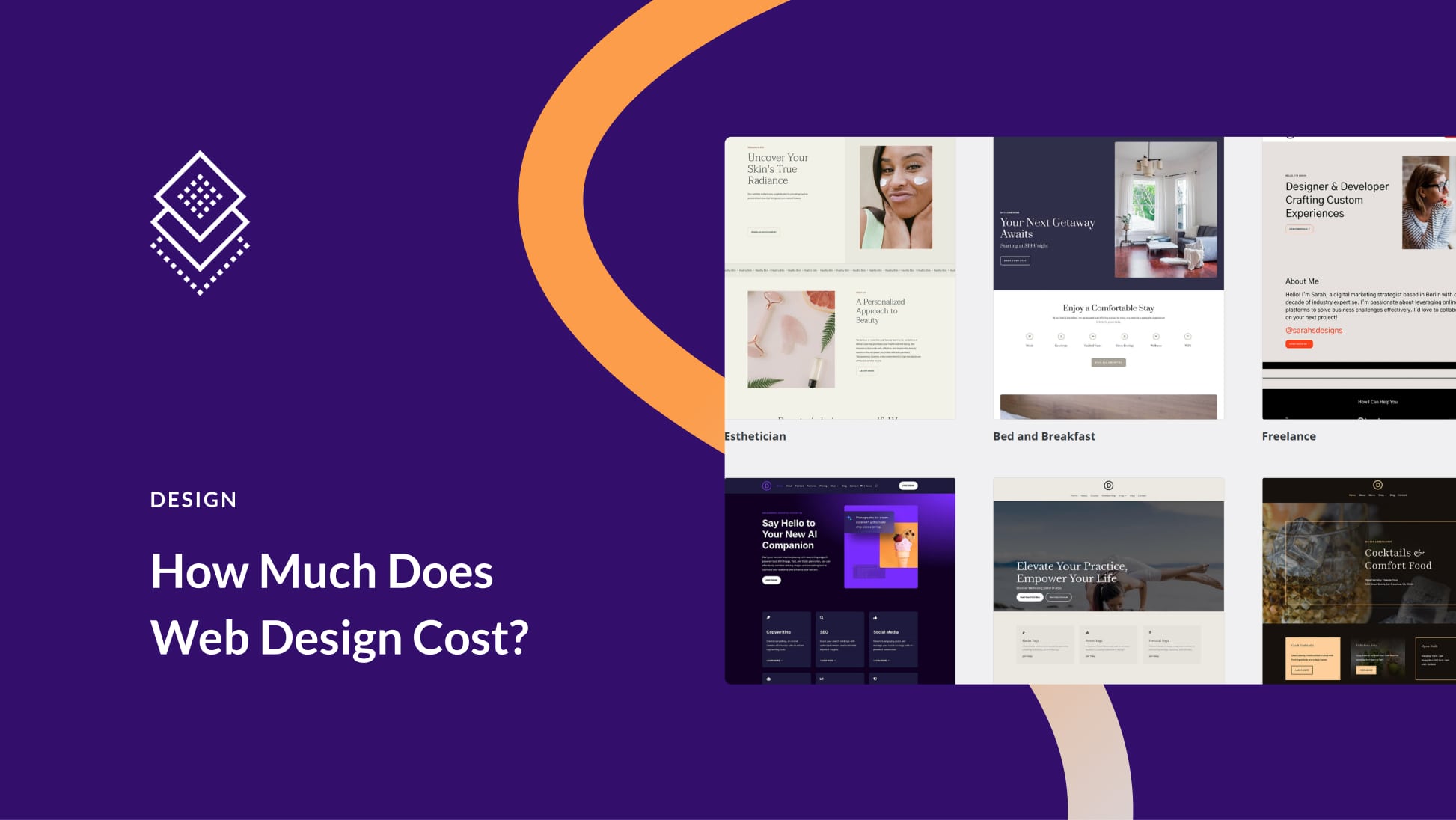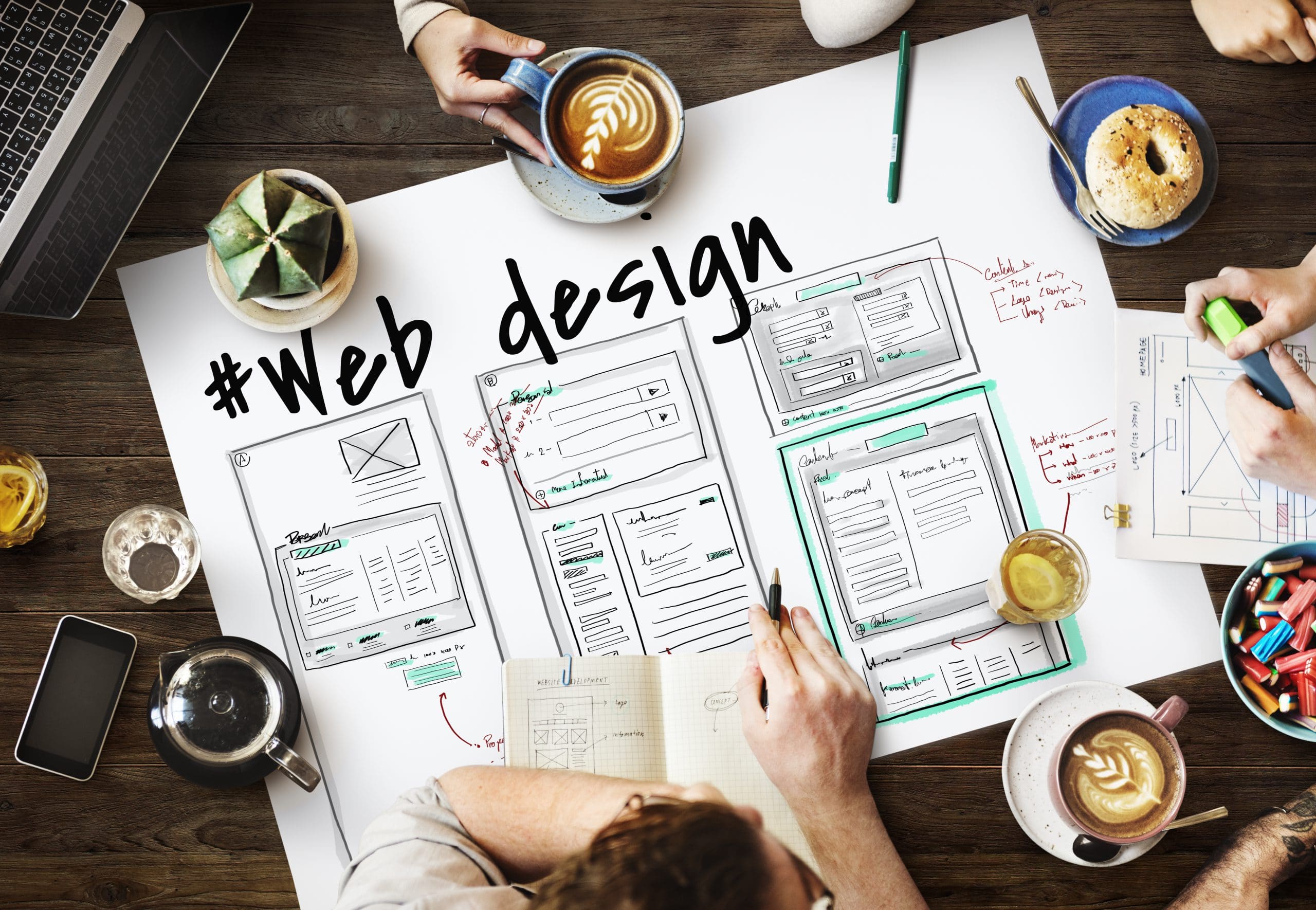Aligned Position Web Design: Perfectly Designed Websites to Capture Your Audience’s Attention
Aligned Position Web Design: Perfectly Designed Websites to Capture Your Audience’s Attention
Blog Article
The Ideal Kinds of Website Design to Enhance Individual Experience and Engagement
In the ever-evolving landscape of digital communication, the efficiency of Web layout dramatically influences customer experience and involvement. Numerous layout strategies, such as minimal, responsive, and interactive layouts, each deal one-of-a-kind benefits that can cater to diverse individual needs. Recognizing which sorts of website design best serve these objectives can be essential for companies intending to boost client satisfaction and retention. The inquiry continues to be: which design elements really reverberate with customers and foster purposeful engagement? The exploration of these principles reveals important understandings that might redefine your approach to website design.
Minimal Web Layout
As electronic landscapes come to be significantly messy, minimalist Web design has become a powerful approach to enhancing customer experience. This layout ideology focuses on simplicity, focusing on important elements while eliminating unneeded disturbances. By making use of adequate white area, simple navigation, and a limited color palette, minimalist layout cultivates quality and routes customer focus to vital web content.
The core concept of minimal Web layout is to produce a seamless communication for individuals. By decreasing cognitive tons, customers can swiftly comprehend information without feeling bewildered. This straight approach not just enhances usability yet likewise encourages involvement, as site visitors are more probable to explore a website that is easy and aesthetically appealing to navigate.
In addition, minimalist design usually emphasizes typography and images, using these elements purposefully to share messages effectively. In essence, minimalist Web style is not simply a trend; it is a thoughtful method that identifies the importance of user-centered style.
Responsive Web Layout
In today's varied electronic environment, responsive website design has actually ended up being important for developing a seamless individual experience throughout a plethora of devices. As individuals access internet sites on mobile phones, desktops, tablet computers, and laptop computers, the capacity of an internet site to adjust its format and material to different display dimensions and resolutions is critical.
Responsive Web style uses adaptable grids, pictures, and CSS media questions to make sure that Web content exists ideally, regardless of the gadget made use of. This approach not just improves the aesthetic allure of a website however additionally dramatically enhances usability. Individuals are most likely to involve with a website that offers a regular experience, as it gets rid of the irritation of having to focus or scroll excessively.
Furthermore, internet search engine, including Google, focus on mobile-friendly web sites in search positions. By adopting receptive design, businesses can enhance their visibility and get to a wider target market. This technique additionally streamlines website upkeep, as a single variation of the website can deal with all devices, minimizing the need for several versions. In summary, receptive website design is a fundamental method that enhances individual experience, involvement, and general satisfaction.
Interactive Web Style
Responsive website design lays the groundwork for boosting user experience, yet interactive website design takes this a step additionally by engaging customers in a more vibrant way - Aligned Position Web Design. By integrating components such as animations, clickable models, and real-time feedback, interactive website design mesmerizes customers, drawing them right into a richer surfing experience
This approach not only promotes engagement but likewise motivates customers to explore content actively rather than passively consuming it. Methods such as gamification, where customers gain incentives for finishing tasks, can significantly enhance the time invested in a website and enhance general fulfillment. Furthermore, interactive features can simplify complex information, making it more digestible and enjoyable.

Integrating interactive design aspects can additionally result in greater conversion prices, as users are more probable to engage with a site that proactively entails them. Aligned Position Web Design. Ultimately, interactive Web design transforms customer experiences right into memorable journeys, making certain that visitors return time and once again
Flat Design
Defined by its minimalistic technique, level layout stresses simpleness and capability, removing unneeded components and concentrating on important functions. This style approach focuses on use, making certain that users can navigate interfaces effortlessly and performance. By employing a clean aesthetic, level layout eliminates the clutter commonly located in a lot more luxuriant designs, thus boosting user emphasis on web content and functionality.
The hallmark of level style lies in its use of vibrant shades, straightforward typography, and geometric forms. These aspects contribute to a visually enticing user interface that is both friendly and contemporary. Additionally, flat layout promotes a sense of clarity, permitting individuals to discern essential activities and info without interruption.
Furthermore, level style is particularly Continue efficient in receptive Web layout, as its simplicity equates well across different tools and screen dimensions. By focusing on necessary features, flat style not just meets user requirements but likewise urges smooth interaction, making it a vital element of reliable Web layout techniques.
Adaptive Web Design
Flexible Web style tailors the user experience by developing several dealt with layouts tailored to different screen sizes and devices. Unlike responsive style, which fluidly changes a single design, flexible style utilizes unique designs for certain breakpoints, ensuring optimal presentation on various platforms. This approach allows designers to focus on the distinct attributes of each gadget, improving functionality by providing exactly what individuals need look these up based on their context.
One of the key benefits of flexible Web style is its capability to enhance load times and performance. By offering customized material and pictures that fit the user's device, websites can minimize information use and boost loading rates. This is specifically advantageous for users with slower connections or minimal information plans.

In addition, flexible layout assists in a more regulated and consistent branding experience. Given that designers produce multiple designs, they can make certain that the visual components align with the brand name's identity across various systems - Aligned my link Position Web Design. This results in a natural customer experience, enhancing involvement and promoting individual retention
Verdict
To conclude, the assimilation of minimalist, responsive, and interactive Web layout concepts considerably improves customer experience and involvement. Minimal style fosters clarity and emphasis, while receptive layout ensures flexibility throughout different devices, promoting availability. Interactive layout astounds customers via vibrant components, encouraging expedition and customization. Jointly, these layout comes close to add to the production of straightforward settings that not just boost contentment yet additionally drive greater conversion prices, highlighting their important relevance in modern website design techniques.

Minimal style promotes quality and emphasis, while receptive layout ensures adaptability across various devices, promoting ease of access. Collectively, these style approaches add to the development of straightforward settings that not just boost contentment yet additionally drive greater conversion prices, emphasizing their crucial importance in contemporary Web layout approaches.
Report this page